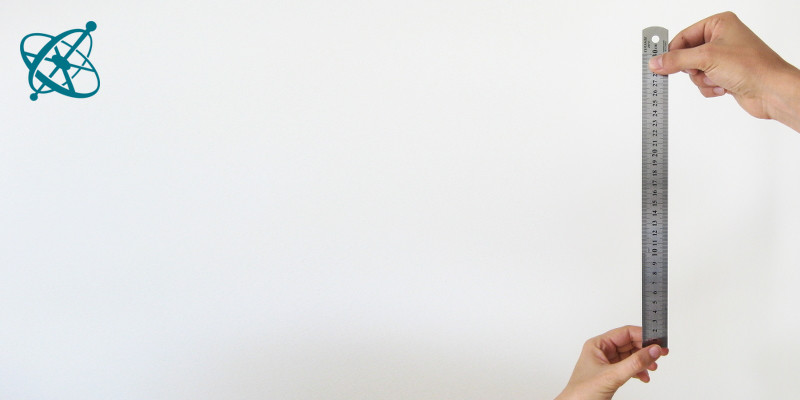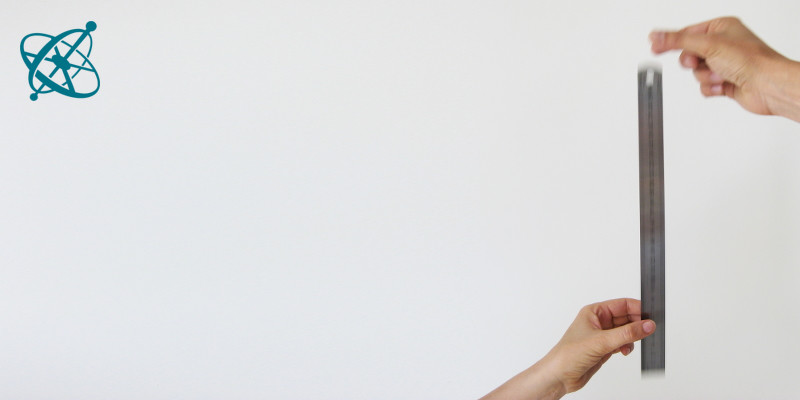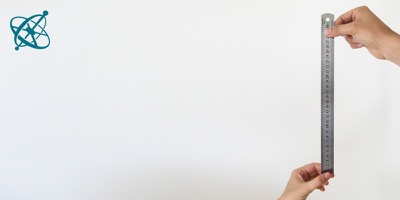 www.sciensation.org | Ciênsação hands-on experiments are published as Open Educational resources under a Creative Commons Attribution-ShareAlike 4.0 International License.
www.sciensation.org | Ciênsação hands-on experiments are published as Open Educational resources under a Creative Commons Attribution-ShareAlike 4.0 International License.
When the ruler is dropped,…

…how long does it take you to react?

Measure it!
Response time
How fast can your students react? Let them measure it.
This interdisciplinary research activity includes a discussion on the functioning of the nervous system as well as the physics of objects in free fall.
Combining knowledge from two disciplines to answer a research question.
Physics: How far a free falling object falls in a given time.
Biology: The way a signal takes from the visual perception to a muscle response.
A partner
One student holds a ruler vertically, prepared to drop it suddenly. A second student holds her thumb and index finger on either side of the ruler's bottom, ready to catch the ruler when seeing it fall.
1. How far did the ruler fall before the student grabbed it?
2. What happened inside the catcher's body that made her fingers move?
3. Can you calculate the time it took you to react?
4. Why do you react faster if you look at the hand releasing the ruler than when you look at your own hand?
How do you know that the ruler has been released?
› By seeing it with the eyes.
Where does the information go from the eyes and what happens there?
› It is processed in the brain and a signal is sent to the muscles moving the fingers.
Can physics predict how long the fall took?
› Yes, from the model for free fall we can calculate the time as t = (2 h / g)0.5, with g = 9.8 m/s.
Discuss with your students the chain of events in detail: the eyes perceive the incoming light → the retina's signal is passed on to the visual cortex where a movement is detected → the information about the movement is combined with the task to grab the ruler →... the muscles contract and make the fingers grab the ruler → tactile sensors in the fingers and images from the eyes confirm a successful catch.
At the moment of release, the ruler has no velocity downwards and first needs some time to accelerate before its motion becomes visible. The movement of the releasing hand can therefore be noted a bit earlier than the falling of the ruler – giving the second student a tiny bit more time to react.
The reaction time can be calculated as t = (2 h / g)0.5 where h is the falling height measured on the ruler and g the acceleration of 9.8 m/s due to the gravitational force.


